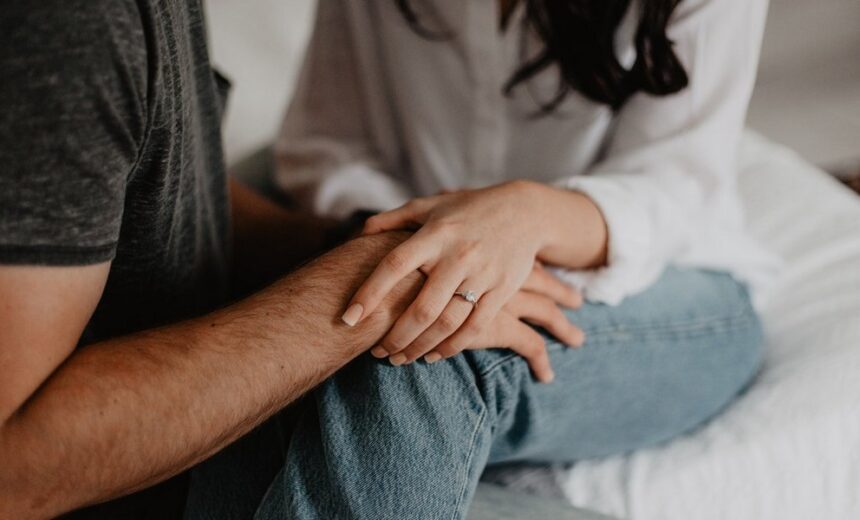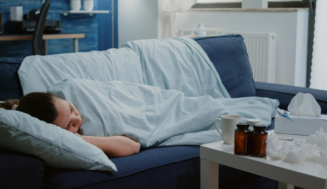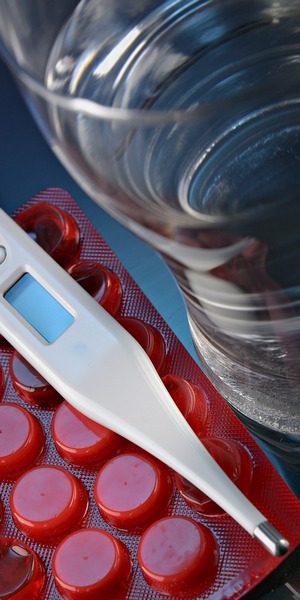Intermountain, community groups collaborate to improve access to mental health

Salt Lake City Health System invested $67.3 million to develop collaborations with nonprofit partners and community groups
Utah ranks last in the nation for mental health access, according to a 2019 Gardner Institute report. Recognizing the challenge and impact of the pandemic on mental health, Intermountain Healthcare and community organizations are actively collaborating to address mental health issues in Utah. These initiatives include improved access and help for minorities.
According to a report by the Gardner Institute, the demand for mental health care in Utah is growing. Nearly one in five adults in Utah has poor mental health, and demand for services for youth is growing. Sixty percent of depressed Utah youth ages 12 to 17 have not received treatment for depression. In addition, funding for Utah’s state mental health system is split between different systems, making it difficult to consistently provide coordinated care.
In response, Intermountain Healthcare contributed $67.3 million in various contributions to support mental health projects that promote collaboration with nonprofit partners, community groups, and state and local governments to improve access to mental health and help low-income populations.
“The organizations and groups we partner with have been the heart and soul of our community,” said Mikel Moore, senior vice president and chief community health officer. “They have been advocates for many groups and minorities in Utah. We are very proud to work with them.”
Mental wellness has been a top priority for health care providers, especially as mental health problems have reached an all-time high since the COVID pandemic.
The state also has a high per capita suicide rate, ranking sixth in the nation. According to the American Foundation for Suicide Prevention, Utah’s suicide rate (21.21 deaths) is higher than the national average (13.93 deaths).
The effects of COVID on mental health are serious, and the long-term effects are not yet fully understood. The Utah Division of Substance Abuse and Mental Health (DSAMH) continues to see a year-over-year increase in people seeking mental health services. DSAMH had the largest increase in telehealth services in the first quarter of 2020. Between March 2020 and March 2021, the number of clients using telehealth services increased from 234 to 14,006 per month. They set up Utah Disaster Emergency Services so they could deploy mental health and psychological counseling teams across the state.
“Mental and emotional health is essential to our overall health. We need to make sure we stay connected and support each other, and when we notice someone struggling, we reach out to help them get the care they need to live a healthy life in the community. The diverse organizations we partner with, plan and contract with to ensure we reach all Utahans in need are critical to that success.” – Doug Thomas, director of DSAMH Utah, stated.
One organization that has been a helpful resource for the LGBTQIA+ community is the Utah Pride Center, which received a major donation from Intermountain.
Like many other organizations, the Utah Pride Center moved all of their programs online last year. This change allowed them to provide mental health services to Utahns across the state, but treatment is still out of reach for many people because of financial obstacles.
To help provide affordable services and support the LGBTQIA+ community, Utah Pride Center’s mental health department offers many free support groups for adults and children.
Latino Behavioral Health Services (LBHS) received a grant from Intermountain to address mental health disparities among Latinos and Latinas in Utah. Unfortunately, this community is struggling to overcome barriers to mental health care. According to LBHS, from 2017 to 2019, the unmet need for mental health services increased by 63 percent among Latinos and 15 percent among non-Hispanics.







